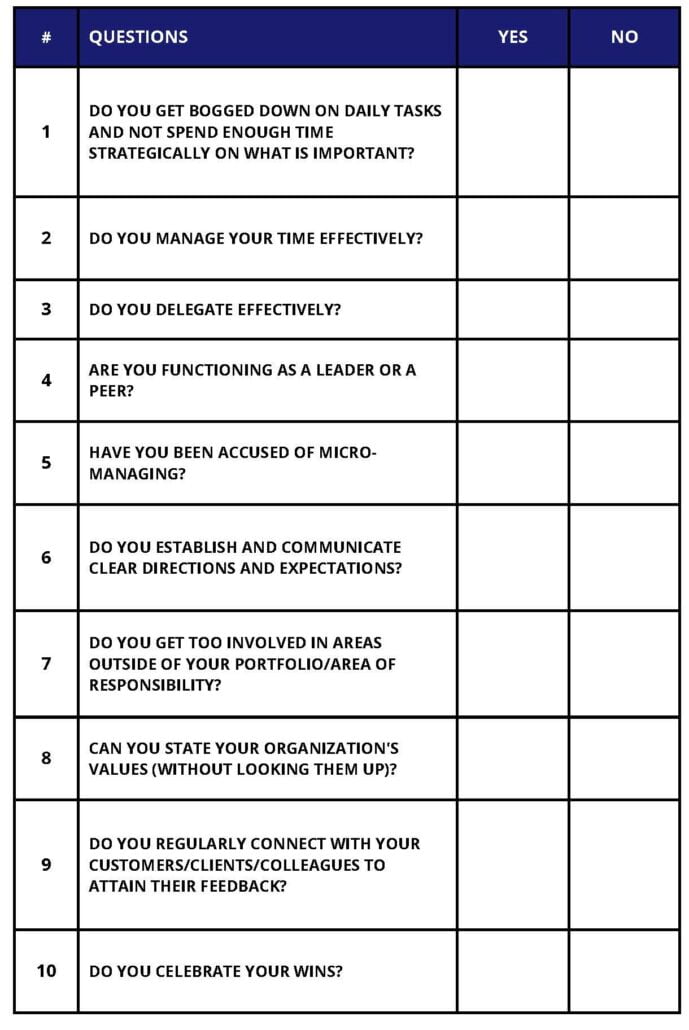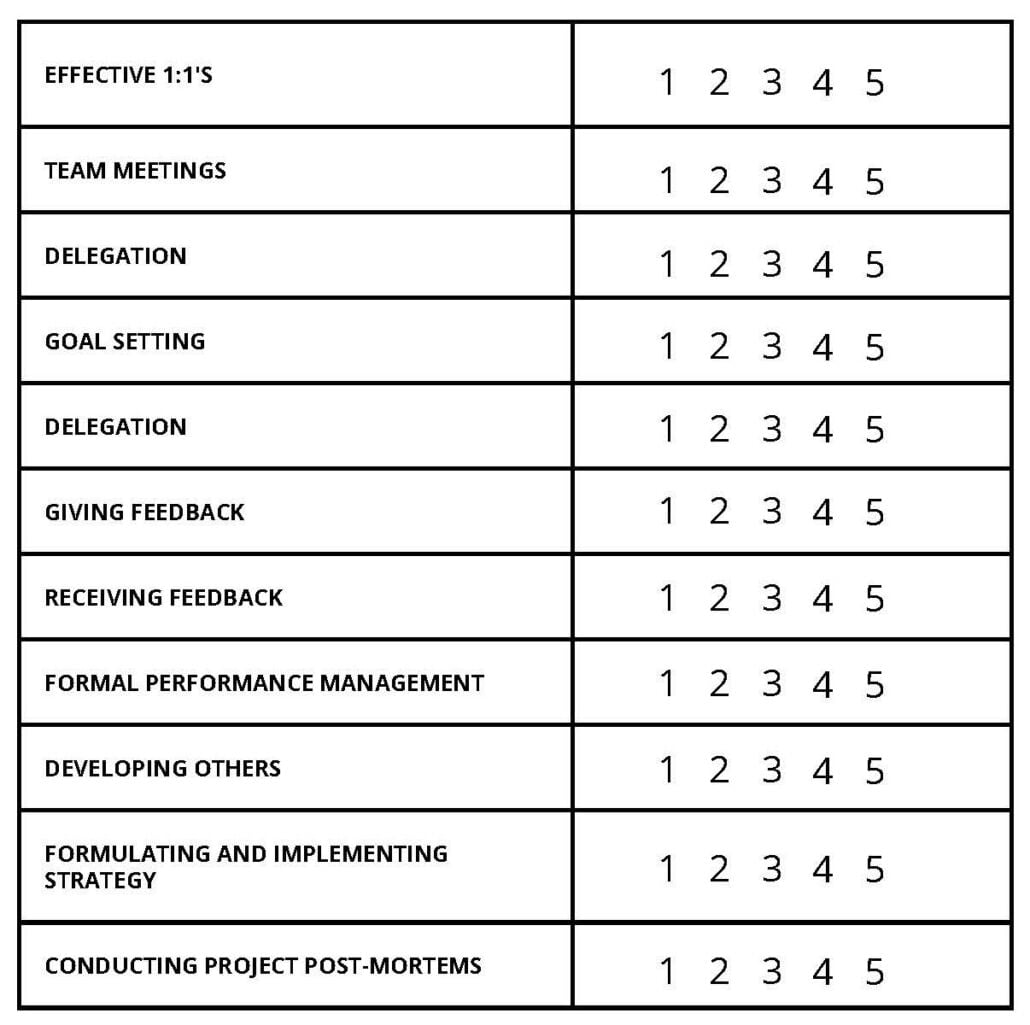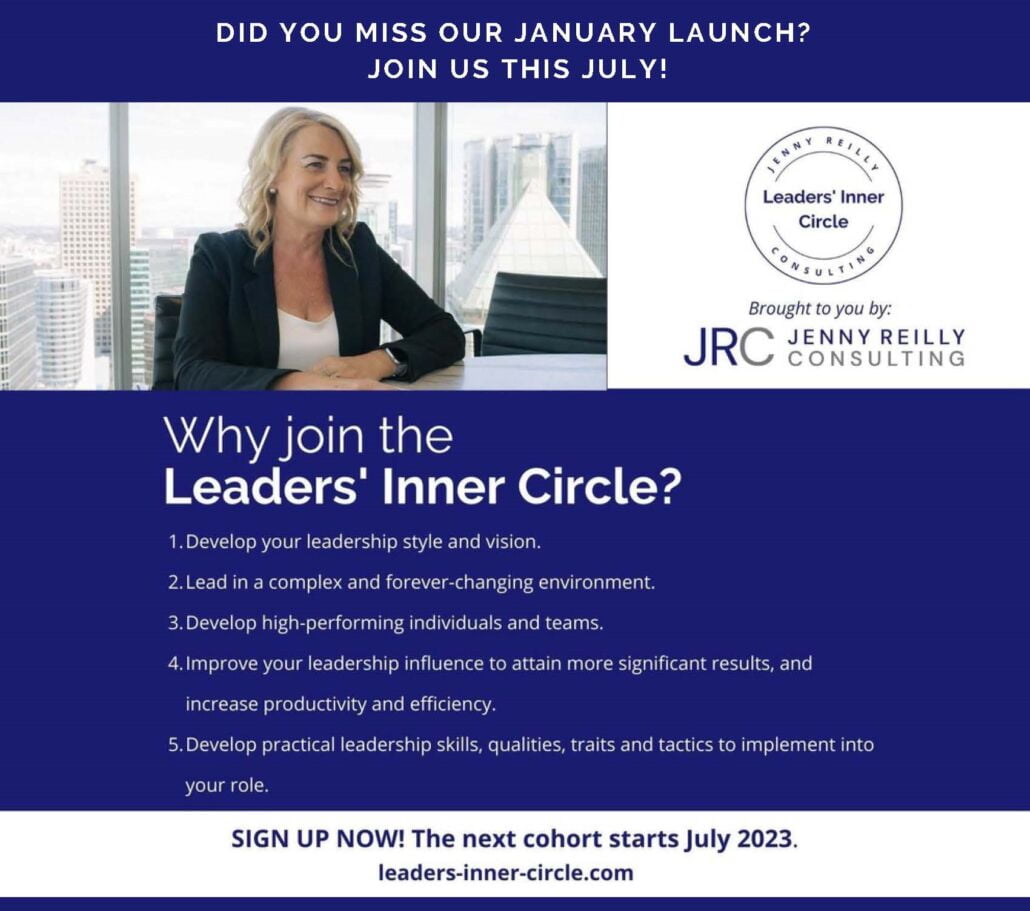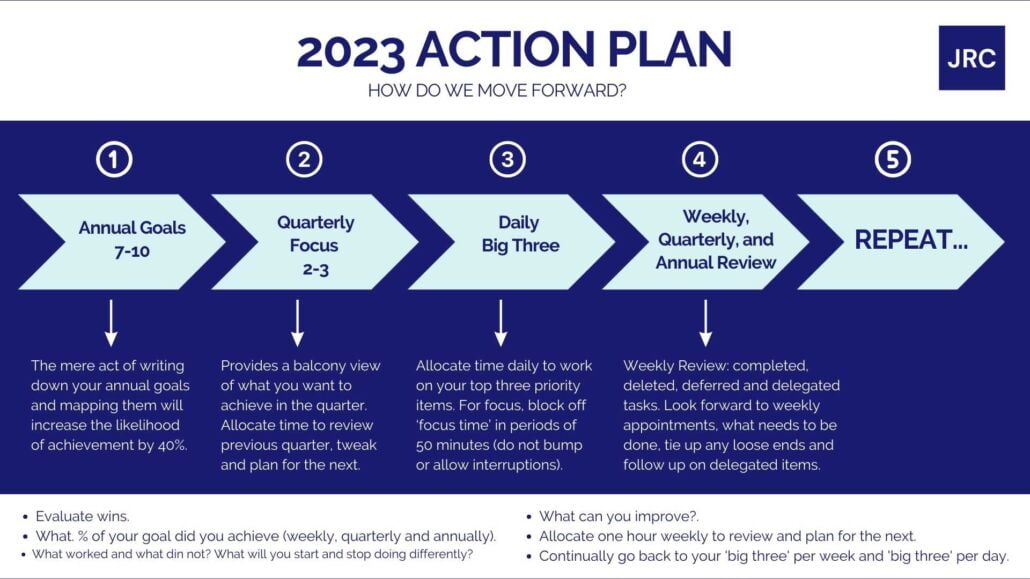The Power of Saying “No”
We often have a never-ending to-do list and constant requests from our team, colleagues, and stakeholders. It can be tempting to say “yes” to everything and everyone, but is that the most effective way to lead?
I love this quote by American novelist Anne Lamott:
“No is a complete sentence.”
It is a powerful reminder that you do not have to justify yourself when saying “no.” Setting and communicating clear boundaries is critical to being a successful leader. Saying ‘no’ to specific requests, projects, or collaborations can be a strategic decision that allows you to focus on your priorities and achieve goals.
Understanding the Importance of Setting Professional and Personal Boundaries in Leadership
It’s crucial to establish boundaries that help protect our well-being and enable us to achieve our goals. Two types of boundaries that leaders often set are professional and personal boundaries. While these may seem similar, there are key differences between them.
Professional boundaries are guidelines and limits leaders set to maintain appropriate relationships with colleagues, employees, and other stakeholders. These boundaries help leaders establish clear expectations for their behaviour, prevent conflicts of interest, and maintain impartiality in decision-making.
Leaders can create a healthy work environment that fosters mutual respect and trust by setting professional boundaries.
In contrast, personal boundaries are limits and guidelines individuals set to protect their physical, emotional, and mental well-being. Personal boundaries help individuals maintain their autonomy, protect themselves from harm, and communicate their needs and values to others. Leaders can avoid burnout, reduce stress and maintain a healthy work-life balance by setting personal boundaries.

The main difference is their purpose and scope. As a leader, it’s essential to understand the differences between professional and personal boundaries and set them accordingly.
However, both boundaries are essential for leaders to establish and maintain their effectiveness and well-being.
By prioritizing professional and personal boundaries, leaders can become more effective and successful in their roles.
Five Techniques That Will Help You In Saying NO!
Does this resonate?
‘I have such a hard time saying no!’
Saying “no” is not a sign of weakness or indecision but rather a demonstration of your focus and commitment to your goals. By embracing the power of “no,” you can become a more effective and respected leader in your organization.
- Prioritization Techniques: Prioritize your tasks and responsibilities to identify which requests or projects align with your goals and values. Use tools such as the Eisenhower Matrix or the Pomodoro Technique to help you decide better what to say “yes” or “no” to.
- Active Listening: Practice listening when receiving a request or proposal. Ask clarifying questions to understand the scope of the project, the timeline, and the resources required. This can help you determine whether you have the capacity and expertise to do the task.
- Saying “NO” with Empathy and a Smile: The most straightforward way I have found to say no is with a smile and the sincerest empathy and respect. Acknowledge the value and importance of the request, thank them for the opportunity, and say’ no.’ You do not need to explain why or give excuses. If necessary, you can suggest where help may be sought.
- Setting Clear Boundaries: Set clear professional and personal boundaries and communicate them consistently. This can help you avoid being overwhelmed by requests or projects that do not align with your goals or values. Boundaries will also help you establish expectations about your availability and workload with your team or colleagues.
- Saying “NO” to Say “YES” to Something Else: View saying “no” as a strategic decision that allows you to say “yes” to something else that aligns with your goals.
The Eisenhower Matrix
The Eisenhower Matrix is a productivity tool that helps people prioritize their tasks based on urgency and importance. It is named after former US President Dwight D. Eisenhower, who famously said, “I have two kinds of problems, the urgent and the important. The urgent are not important, and the important are never urgent.”
The matrix consists of four quadrants, each representing a different level of urgency and importance:
Quadrant 1: Urgent and Important – urgent and important tasks, such as emergencies or deadlines.
Quadrant 2: Not Urgent but Important – tasks that are important but not urgent, such as planning, strategic thinking, or personal development.
Quadrant 3: Urgent but Not Important – urgent but unimportant tasks, such as interruptions or unnecessary meetings.
Quadrant 4: Not Urgent and Not Important – tasks that are neither urgent nor important, such as time-wasting activities or distractions.
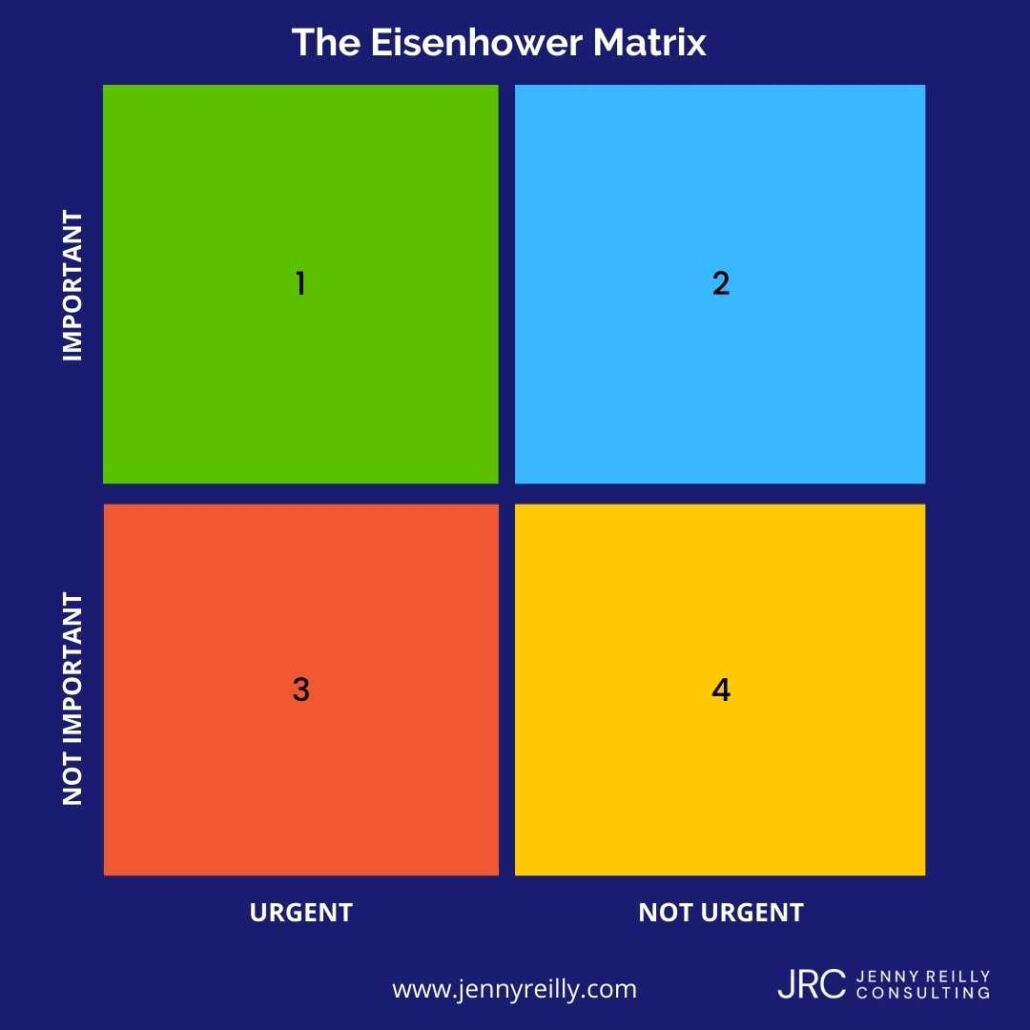
The idea behind the Eisenhower Matrix is to ensure you spend time focusing on Quadrant 2 tasks, as these are important tasks that often get neglected due to the urgent demands of Quadrant 1. By prioritizing Quadrant 2 tasks, people can work proactively towards their long-term goals and avoid being overwhelmed by urgent but less important tasks.
The Tomato Technique, Aka The Pomodoro Technique
The Pomodoro Technique is a time-management method developed by Francesco Cirillo in the late 1980s. It is named after the Italian word for “tomato,” as Cirillo used a tomato-shaped kitchen timer as a student to track his work intervals.
When I first heard about this technique decades ago, I was not initially attracted as I am allergic to tomatoes (actual fact). That being said, anything that I can try that will improve my efficiency and productivity, I will always give it a try.
The Pomodoro Technique involves breaking work into 25-minute intervals, called “pomodoros,” followed by a short break of 3-5 minutes. After four pomodoros, take a more extended break of 15-30 minutes.
During each Pomodoro, you focus on a single task without any distractions or interruptions. The steps of the Pomodoro Technique are as follows:
- Choose a task to work on.
- Set the timer for 25 minutes and start working on the task.
- When the timer rings, take a 3-5 minute break.
- After four pomodoros, take a more extended break of 15-30 minutes.
- Repeat the process until the task is completed.
The Pomodoro Technique can help you stay focused, avoid distractions, and manage your time more efficiently. It also encourages you to take regular breaks, which can help prevent burnout and increase productivity in the long run. Give it a try, and let me know how you find this technique.

The Power Of Saying NO: A Core Leadership Skill
In today’s fast-paced and demanding world, saying “yes” to everything that comes our way can be tempting. However, learning to say “no” is crucial for leaders who want to stay focused, productive, and true to their values.
By setting clear boundaries and prioritizing your time and energy, you can avoid burnout, reduce stress, and make more meaningful contributions to your organization.
Remember, saying “no” is not about being selfish or uncooperative. It’s about owning your time and energy and making choices that align with your goals and values.
Saying “no” can also create opportunities for growth and learning. Turning down tasks or projects unaligned with your goals can free up time and resources to pursue more meaningful or challenging activities. This can help you build new skills, expand your network, and develop a stronger sense of purpose and fulfillment. It’s important to remember that saying “no” is not a one-time decision but an ongoing process. As your priorities and circumstances change, you may need to adjust your boundaries and make different choices about allocating your time and energy. By staying aware and intentional, you can continue to grow and evolve as a leader.
Finally, it’s worth acknowledging that saying “no” can be difficult, especially in cultures or environments where overwork and “yes-man” mentalities are the norm. However, by modelling healthy boundaries and prioritization, leaders can inspire others to do the same, creating a more sustainable and compassionate work culture for everyone.
I encourage you to reflect on your boundaries and priorities.
- Are there areas where you could benefit from saying “no” more often?
- How can you communicate your boundaries effectively and respectfully to others?
If you want more information or support on this topic, you can book a 30-minute complimentary consultation to find out how Jenny Reilly Consulting can help you. Please email askme@jennyreilly.com to coordinate a convenient consultation time.



